Vitebsk: A Historic and Modern City in Belarus – 05/2013
Vitebsk is a city located in the northeastern part of Belarus, and it is the administrative center of the Vitebsk region. The city has a population of over 350,000 people, making it the third-largest city in the country after Minsk and Gomel.
The first mention of Vitebsk in chronicles dates back to 974, which is considered to be the year of its foundation. The city has a rich and vibrant history, and it has been an important cultural and commercial center in Belarus for many centuries.
One of the most famous people associated with Vitebsk is the artist Marc Chagall, who was born in the city in 1887. Chagall is considered one of the most influential artists of the 20th century, and his unique style and vision continue to inspire artists and art lovers around the world.
1. The National Academic Drama Theater named after Yakub Kolas was founded in 1926 and the building was constructed in 1958. This theater has a rich history and is an important cultural institution in Belarus.
2. The cathedral was built between 1743 and 1777. Initially, it was a Uniate church, but in 1799, it became Orthodox. However, in 1936, it was deliberately blown up with explosives. A factory was built on the site, which was eventually abandoned by the 1980s and demolished in 1998. Reconstruction of the cathedral began after the demolition of the factory, and the first service was held on April 7, 2011. The bell tower of the cathedral contains the largest bell in Belarus, weighing over 4 tons and with a diameter of more than 2 meters.
3. The City Hall was originally built in 1597 to commemorate the granting of Magdeburg rights to the city. In 1624, it was destroyed due to conflicts between Orthodox and Uniate factions in the city, but was rebuilt 20 years later. The wooden building was burned down four times, but was eventually replaced by a brick structure in 1775. Since 1924, the City Hall has housed a local history museum.
4. The Church of the Annunciation and the Church of St. Alexander Nevsky. The Church of the Annunciation was built around 1120-1130 and suffered severe damage in the early 18th century but was restored and rebuilt in 1759. In 1842, it was rebuilt to its original appearance, but in 1961 it was deliberately destroyed, leaving only a few walls in ruins. In the early 1990s, reconstruction began on a new church using the remaining walls. The Church of St. Alexander Nevsky was built in 1993 in the Russian tradition. Both churches stand as a testament to the resilience of faith and the enduring importance of religious architecture in the community.


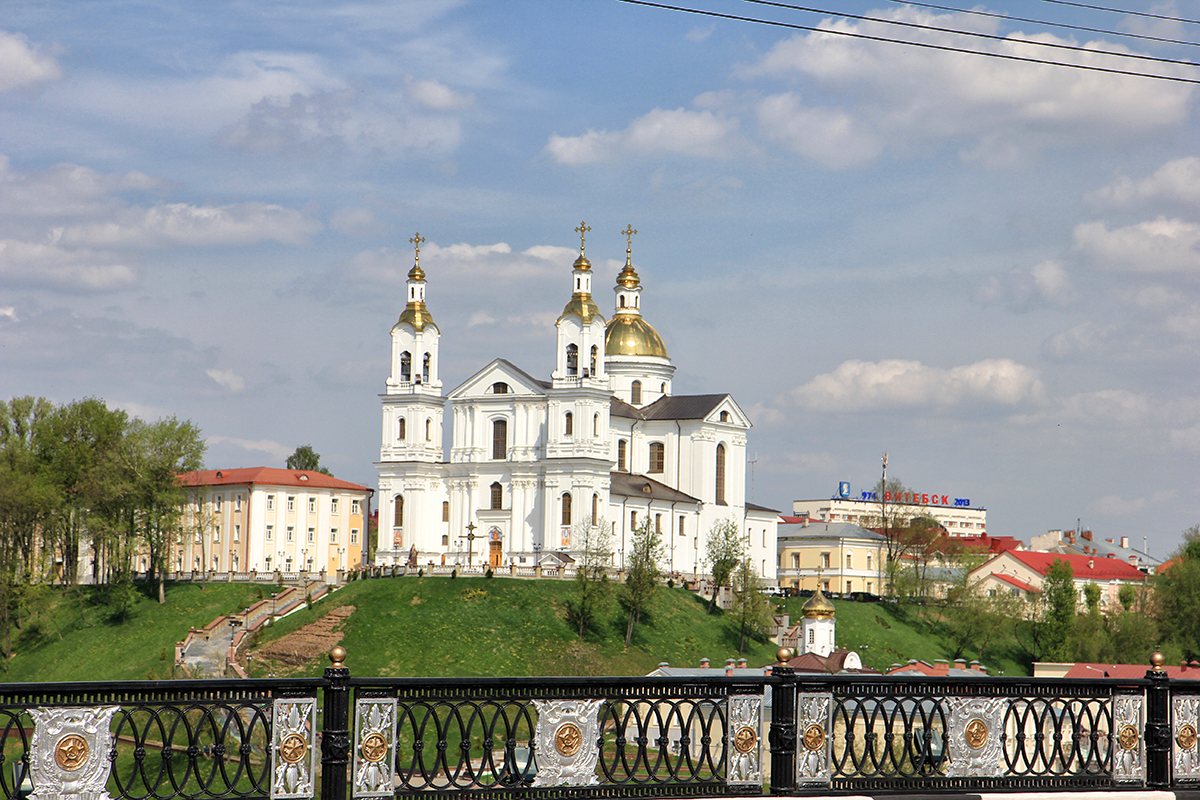
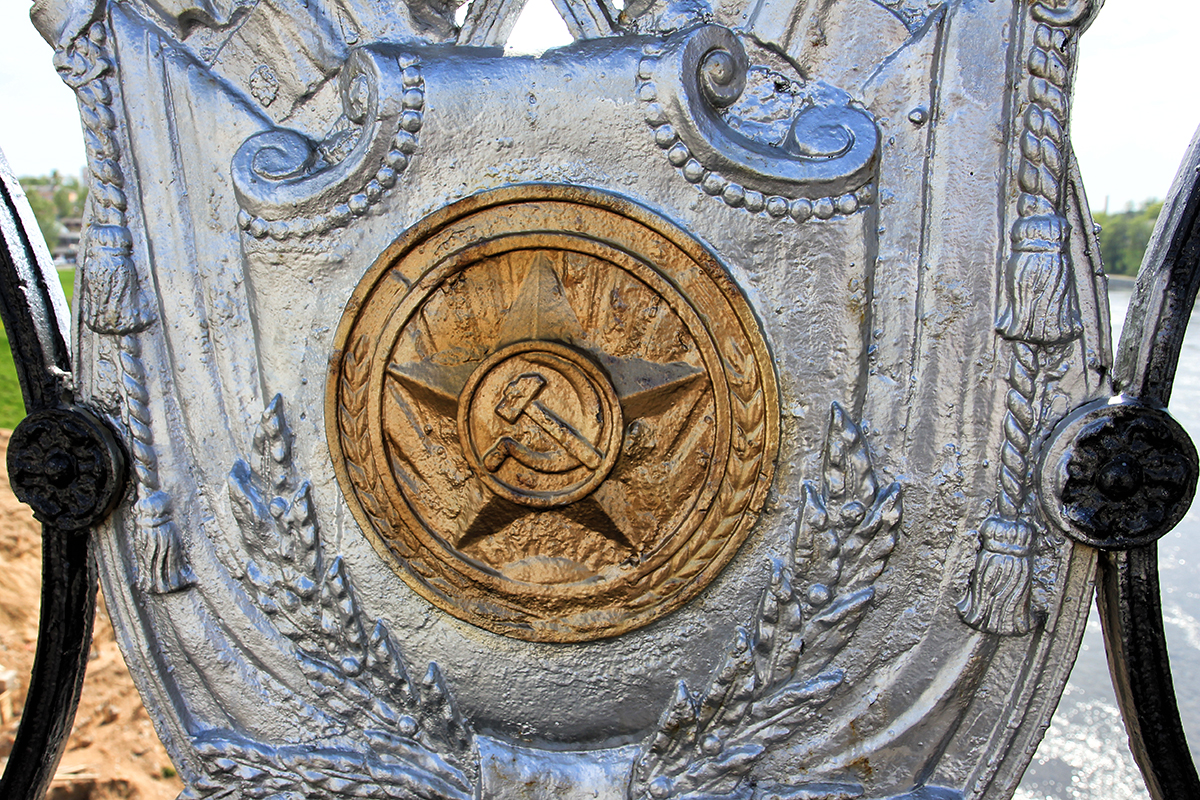

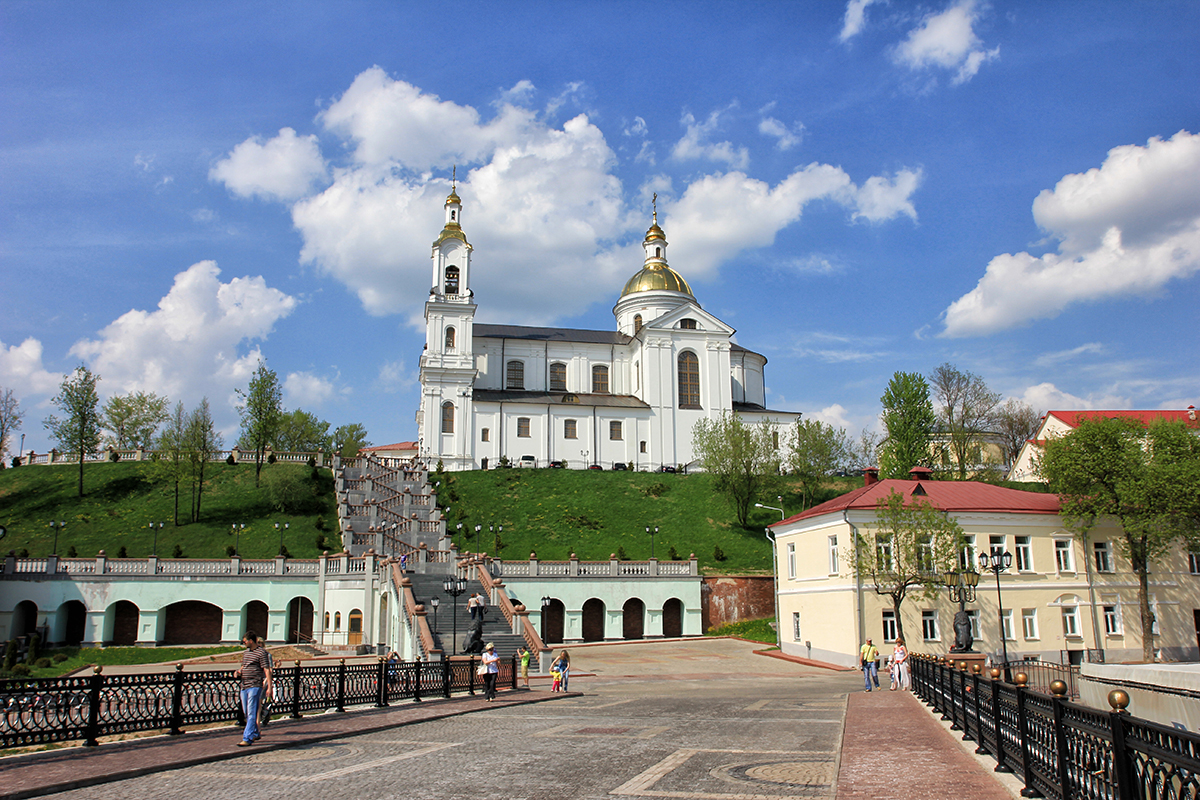
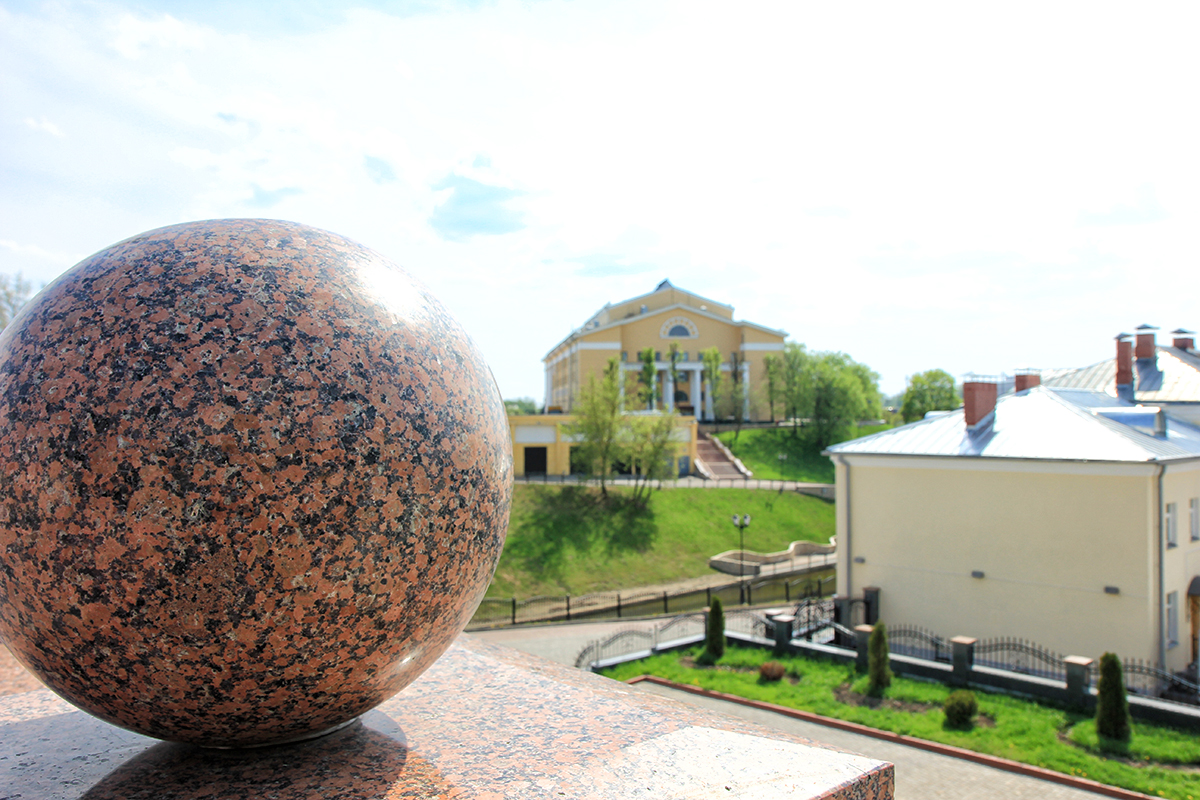

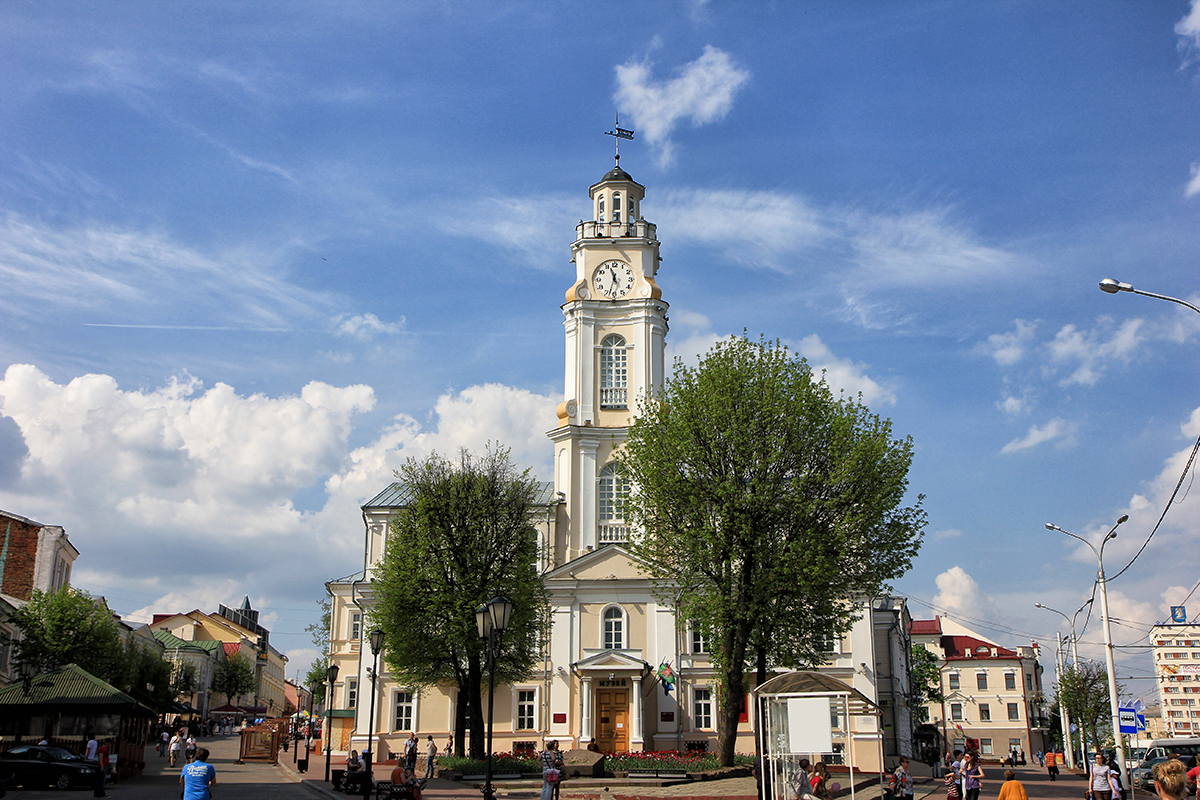
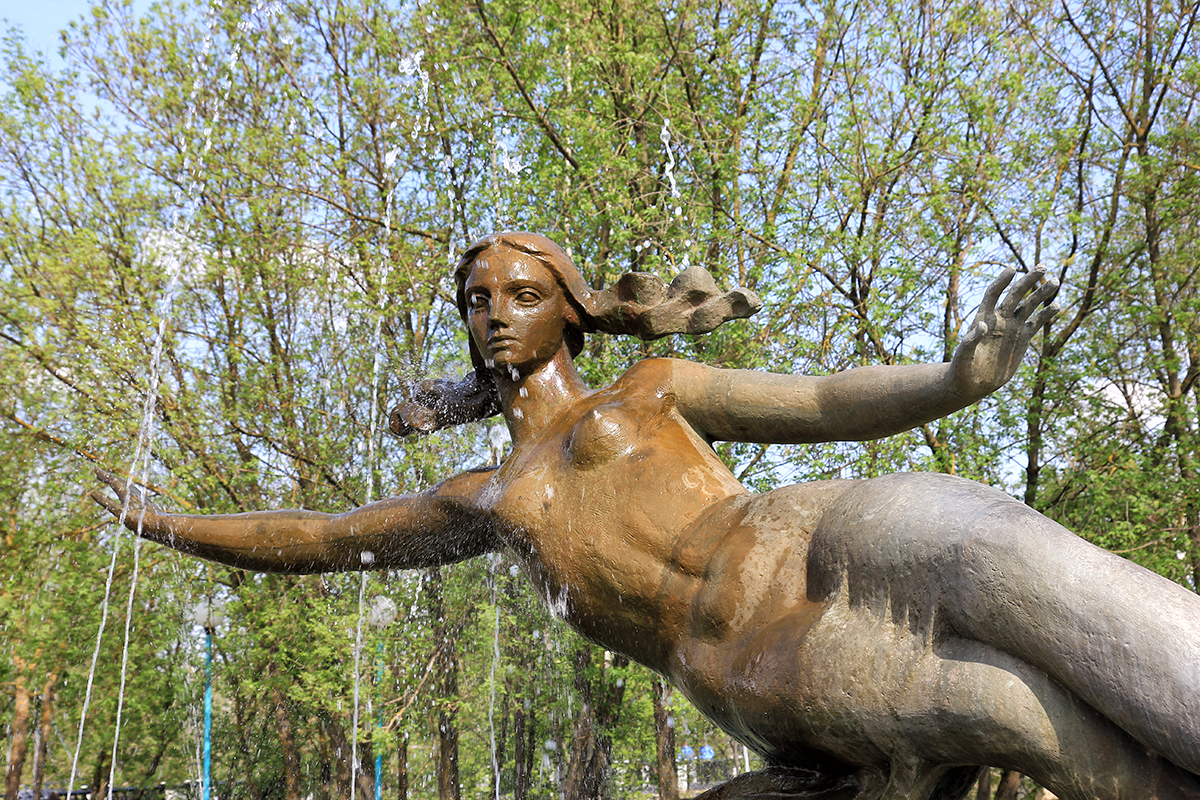
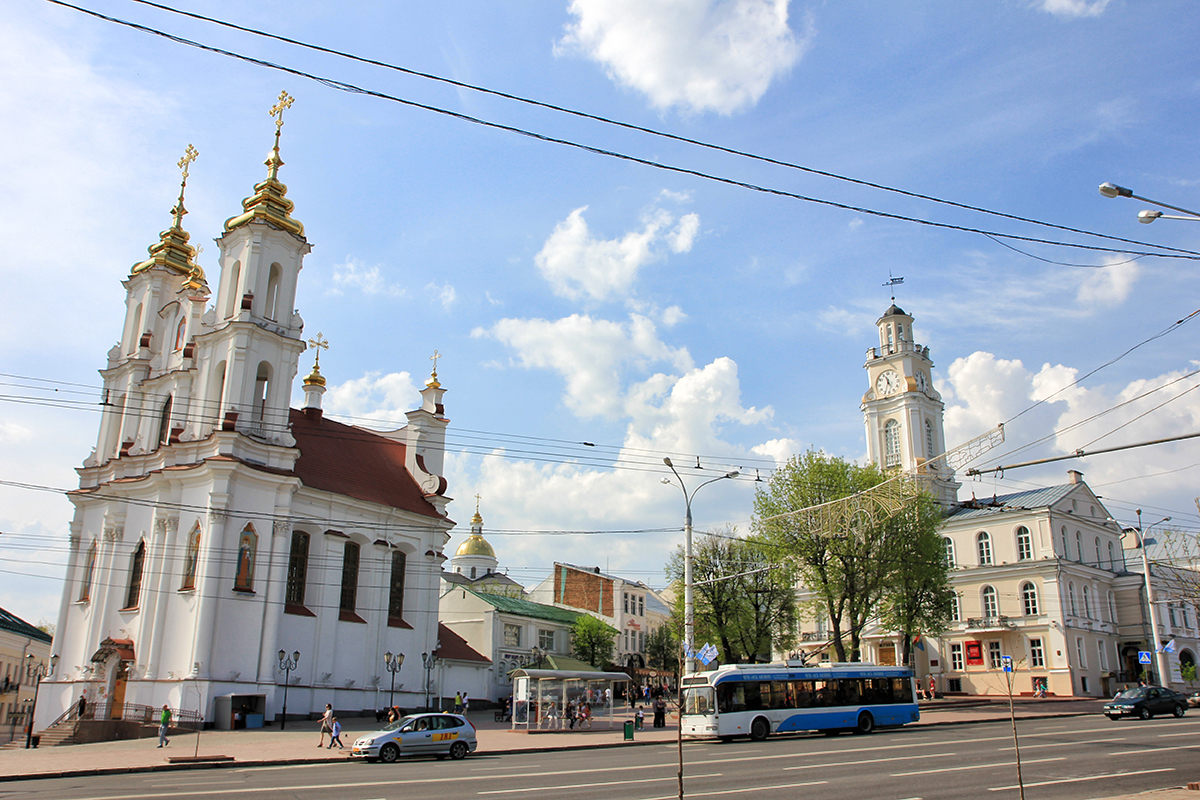


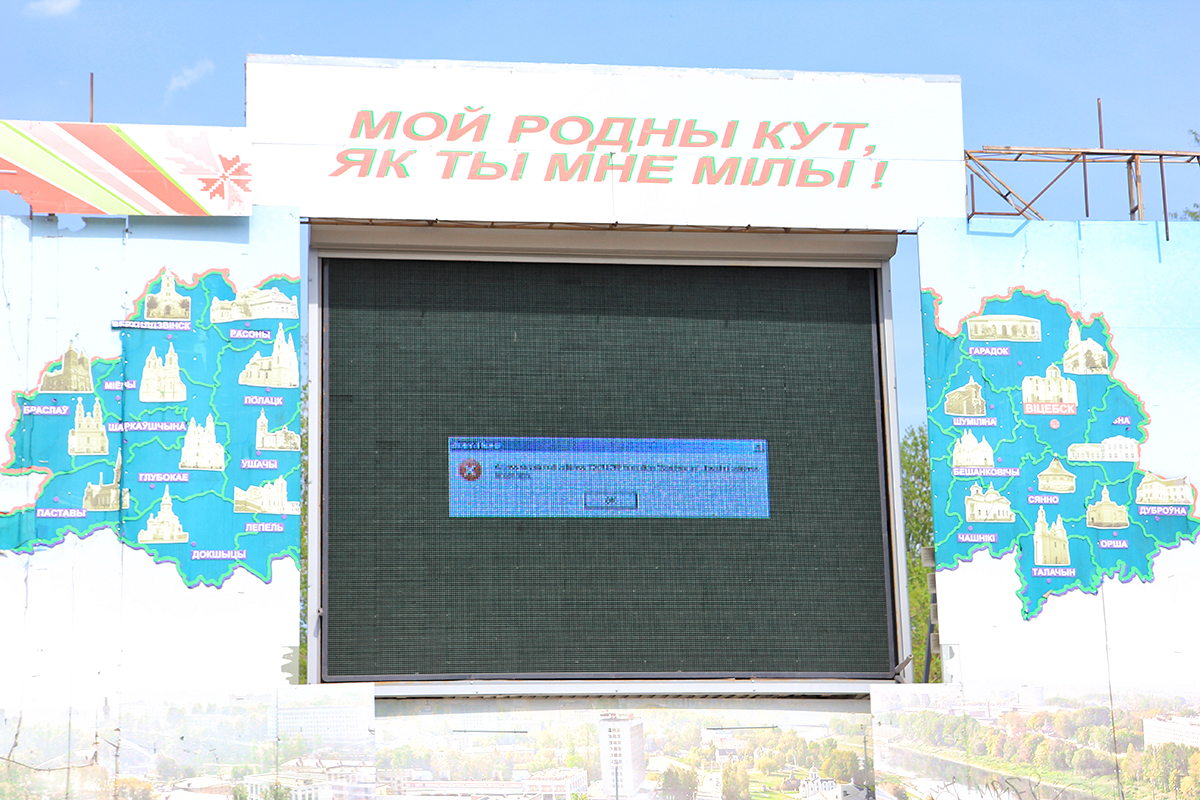


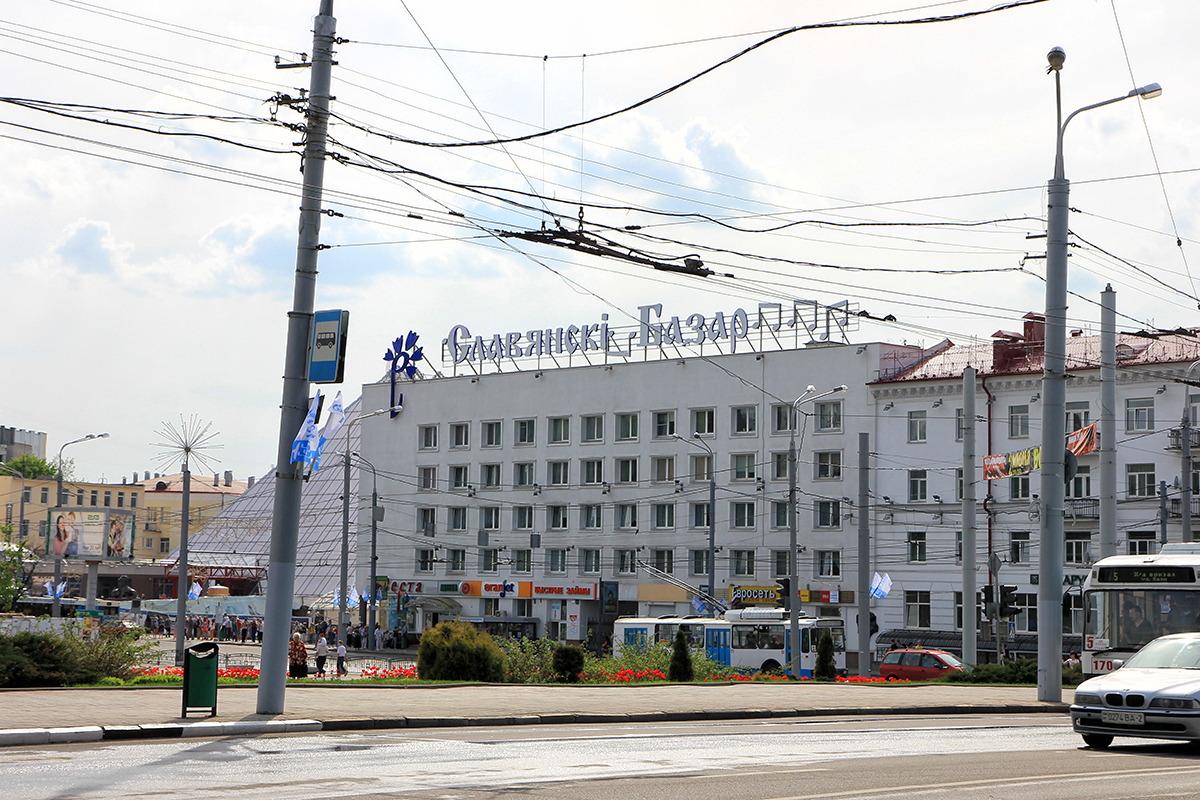
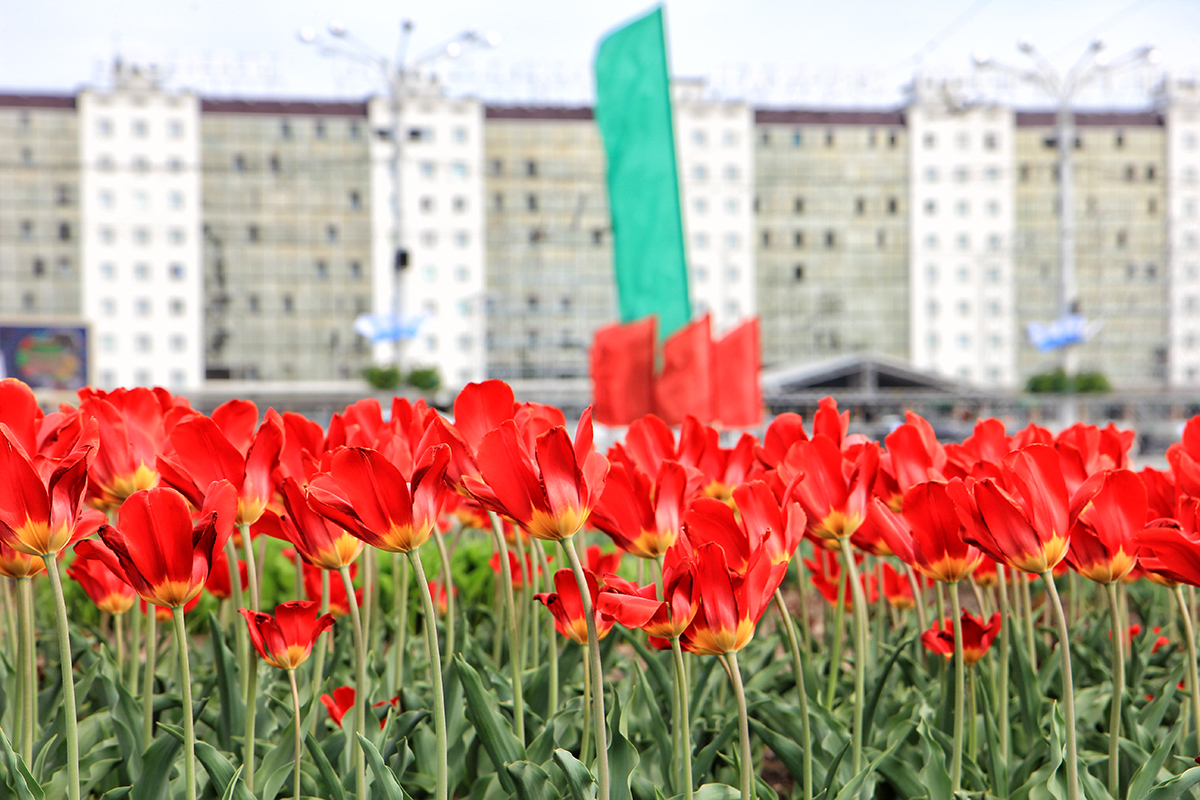
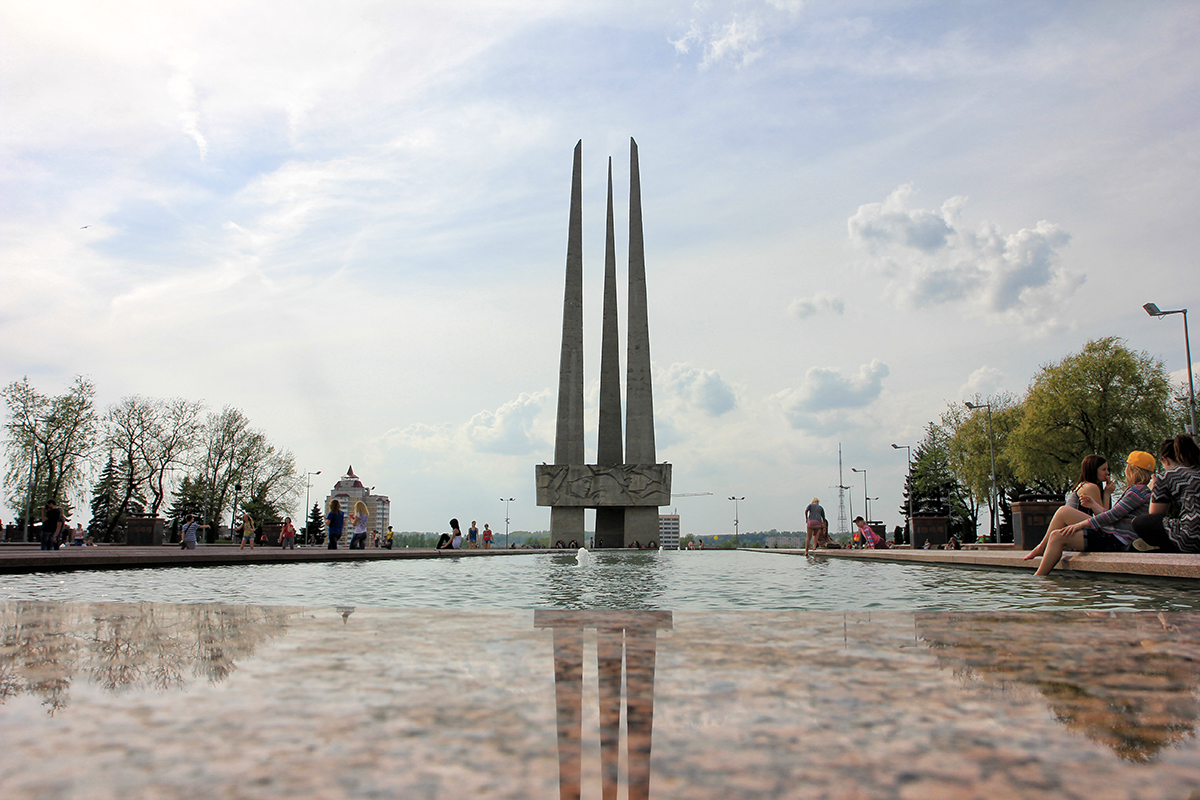

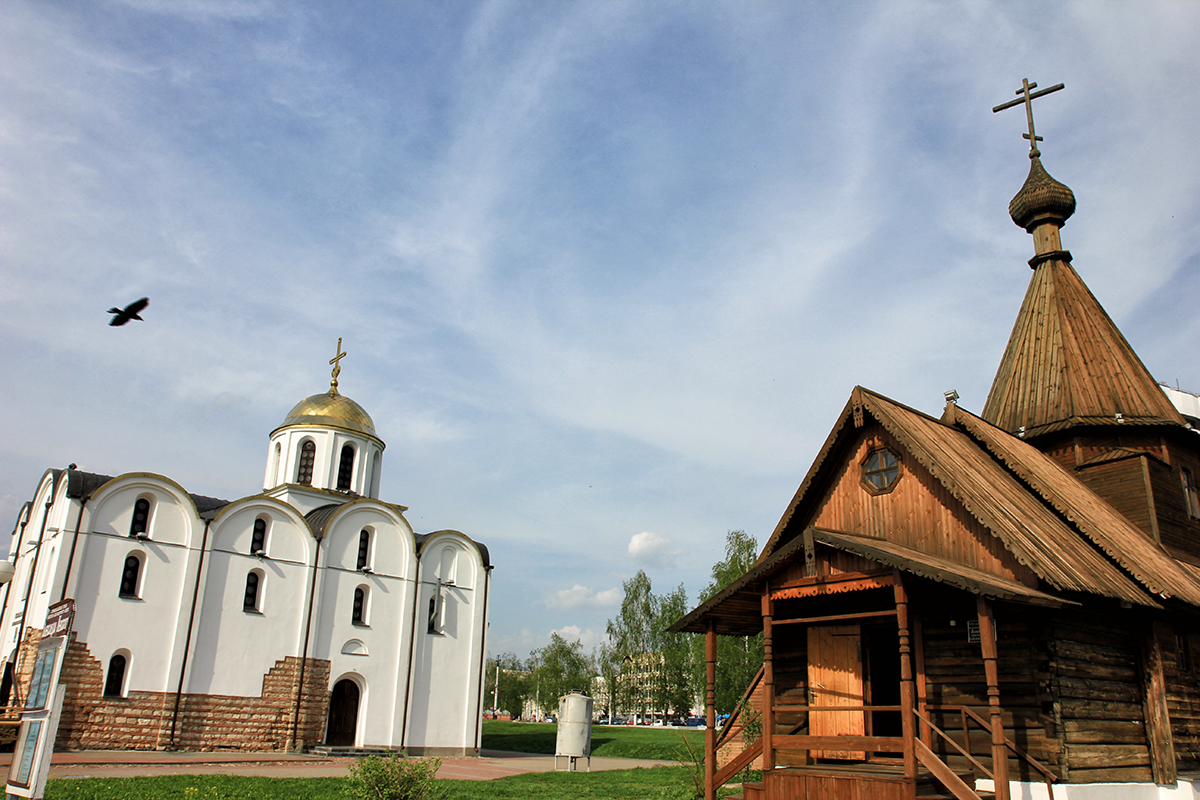


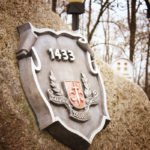

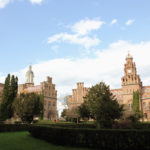
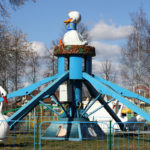
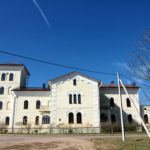

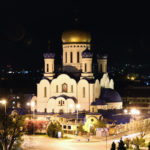
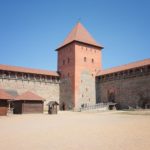
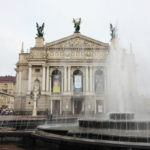
Sorry, the comment form is closed at this time.